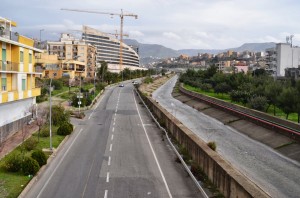
A glance into the history of Calopinace
StrettoWeb